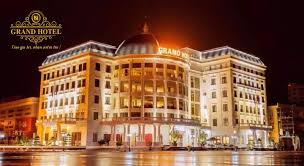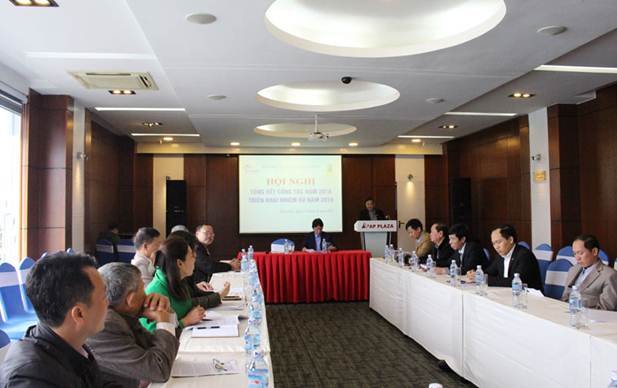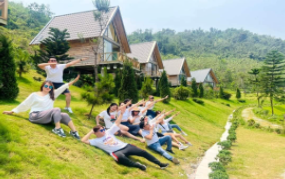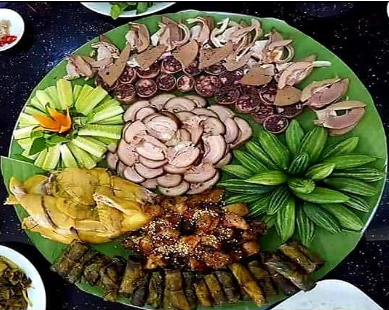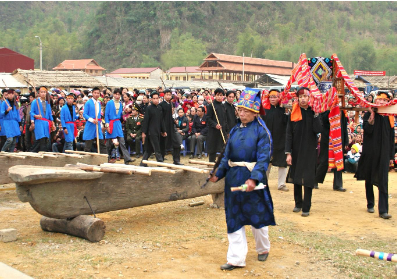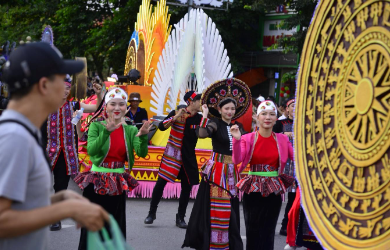X
As a land blessed by nature with many majestic and beautiful landscapes, Hoa Binh also possesses many tangible cultural heritages, with 109 relics, including 41 national relics and 68 relics at national level. conscious; Many unique intangible cultural heritages with rich cuisine, unique traditional crafts and arts and many folk festivals have gradually become Hoa Binh's tourism brands such as Khai Ha Muong bi Festival- Tan Lac; Xen Ban Xen Muong Festival of the Thai ethnic group; Tet Nhay (Dance festival), the ceremony of the Dao people (Da Bac); Gau Tao Festival of the Mong ethnic people (Mai Chau), etc. This is one of the important factors to develop tourism associated with culture.
In order to promote and promote the potential and cultural identities of ethnic groups, the People's Committee of Hoa Binh province has approved the Tourism Development Project of Hoa Binh province 2021 - 2025, with a vision to 2030, in Decision No. 1795/ Decision-UBND dated August 20, 2021. Accordingly, the general goal in this period is to maximize advantages to develop tourism into a key economic sector, build Hoa Binh into an attractive destination with typical tourism products, etc. developes sustainable tourism, closely associated with preserving and promoting the cultural identities of ethnic groups; diversify tourism products associated with promoting local culture, potential, advantages and building new rural areas; Focus on developing cultural tourism, eco-tourism, spiritual tourism, community tourism.
Experience wrapping Banh Oc - Traditional rice cake of Muong Au Ta people, Da Bac
Identifying community tourism product development as a strength, capable of attracting many domestic and international tourists, contributing to preserving and promoting traditional cultural values and economic and social development. A number of cultural and tourist villages have been effectively exploited and attract many tourists to visit. Mai Chau is a district that effectively exploits cultural potential to develop community tourism. The district is famous for many Thai community tourism villages such as Lac village (Chieng Chau commune), Van village, Pom Coong village (Mai Chau town), a tourist village of the Mong people in Hang Kia and Pa Co commune; Da Bac district has a community tourism village in Xung hamlet, Cao Son commune; Tan Lac district has a community tourism village in Chien hamlet, Van Son commune, etc. In the community tourism villages, people have preserved their national cultural identity from house architecture, costumes, and cuisine. Bringing people together to do tourism, preserve culture, exploit services and introduce destinations helps tourists feel more comfortable, share and experience more fully, contributing to the development of tourism day by day more sustainable. According to Mr. Nguyen Manh Hung, Managing Director of Viettran tour company branch in Hoa Binh, shared “Instead of choosing high-end hotels this year, our customers when coming to Hoa Binh are tending to choose homestays. This choice is not simply for staying, but visitors want to visit, experience, and learn about the culture, customs, and way of life of the local people here”.
In particular, combining the development of traditional craft villages with tourism development is also of special interest to localities in the province. This approach not only contributes to diversifying tourism products, creating more jobs, and improving the quality of tourism, improving income but also a way to preserve the good traditional cultural values of ethnic minorities such as: brocade weaving in Chieng Chau village, Chieng Chau commune; paper making profession of Mong people in Pa Co commune (Mai Chau); brocade weaving, indigo dyeing and beeswax printing of the Dao people, Da Bac district. At homestays in Lac village (Chieng Chau commune), or A Pao homestay in Pa Co commune (Mai Chau), homeowners use brocade weaving for daily life items such as making pillows, blankets, tablecloths; Or use paper to make lanterns, paint decorative paintings in the house, etc. This is also a highlight, creating a unique cultural space at these Homestays.
Tourists experienced local life by participating in harvesting rice
In addition, homestays also focus on organizing, enriching, and diversifying services such as planting, harvesting, fishing, cooking, wrapping cakes, herbal foot baths, bamboo jumping, campfire lighting, and cultural exchange (enjoy traditional art performance); Or enjoy the fresh air of the mountains by cycling, walking, climbing hills, kayaking, etc. which has brought new experiences to visitors.
With many efforts in cultural preservation associated with tourism development, Hoa Binh has been building a brand for tourism products in a sustainable way and is gradually becoming an important and progressive economic sector, and in future become a key economic sector contributing to the province's socio-economic development.
Thien Tan
Tourism Division

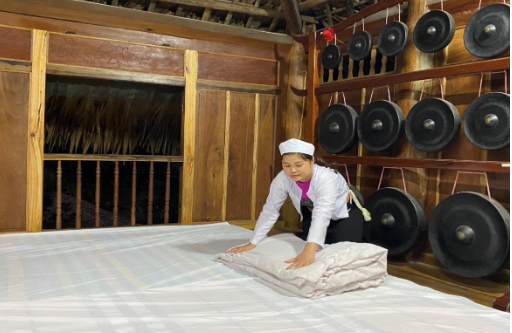
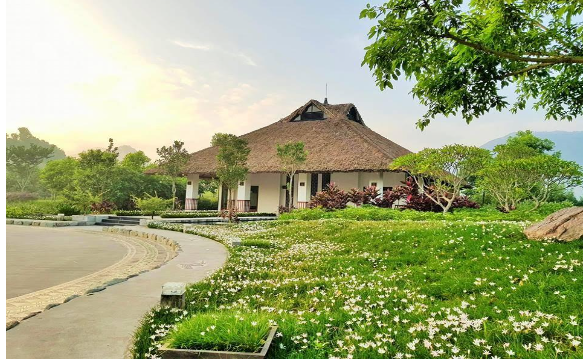
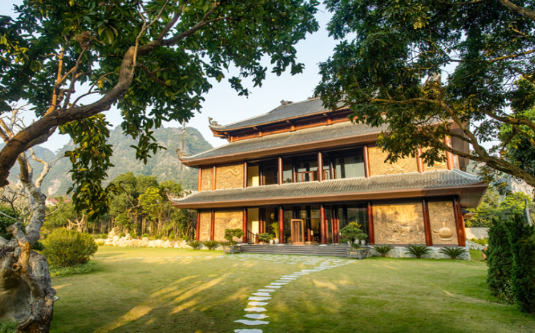
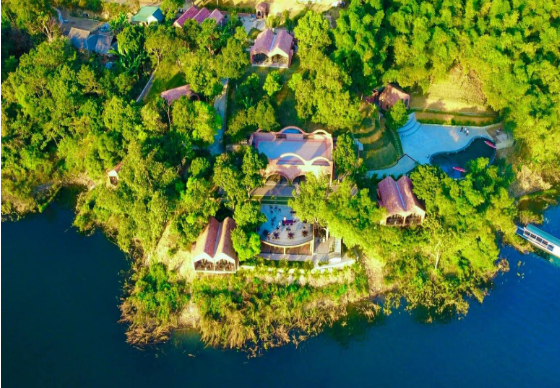
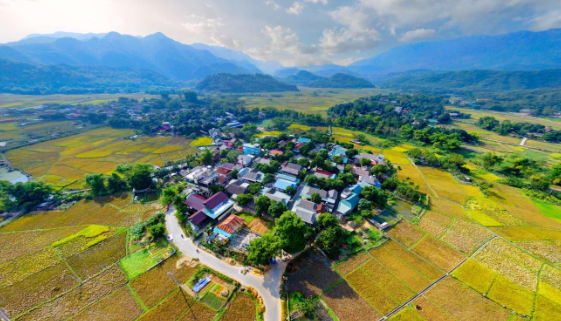
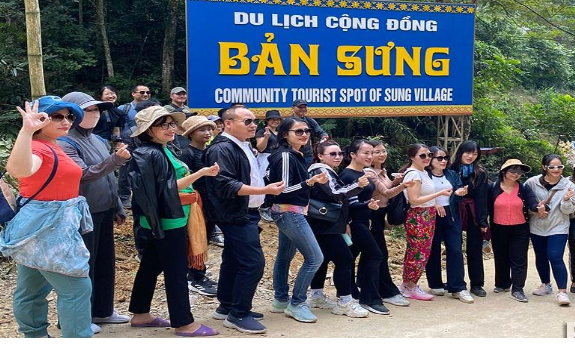
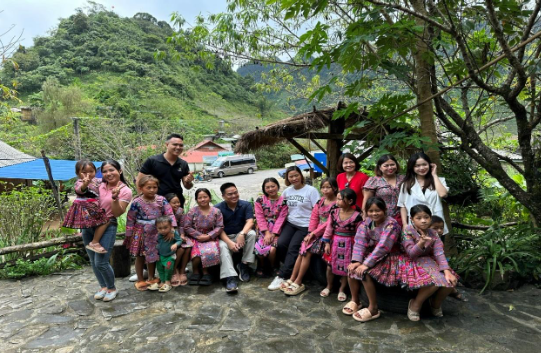
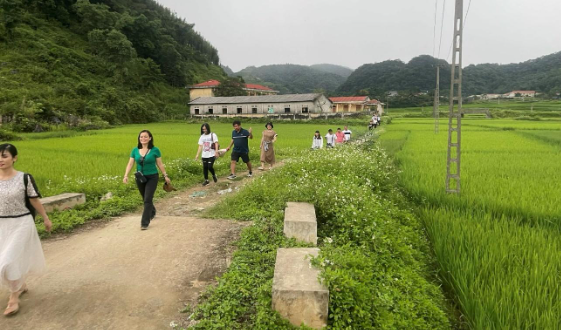
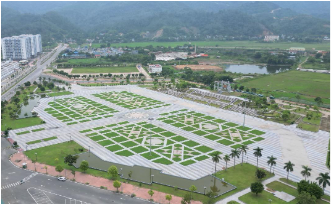
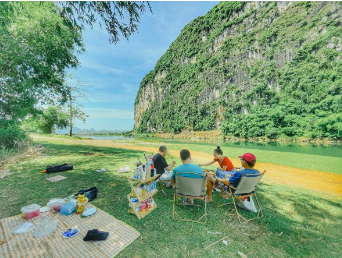
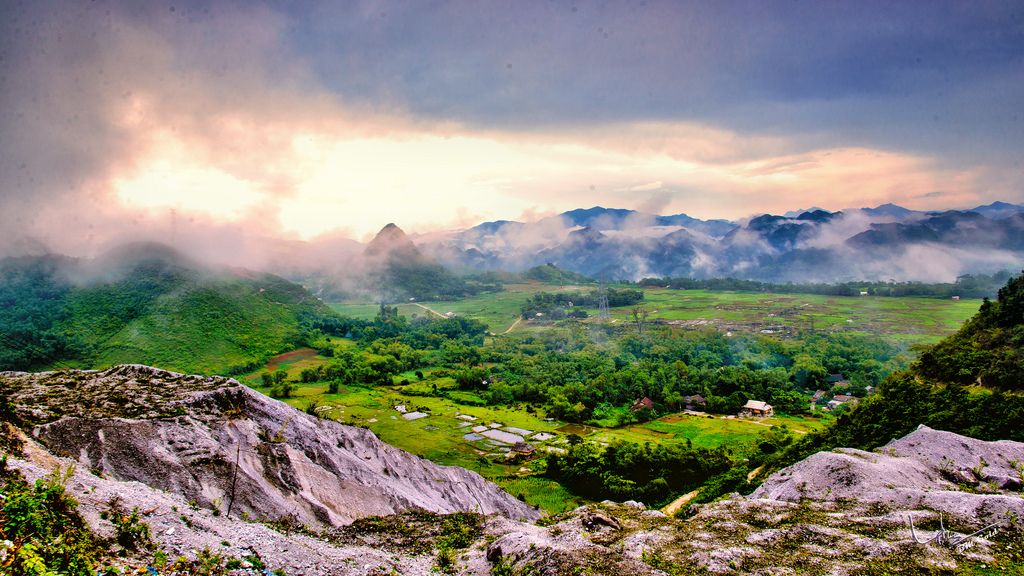
_636886053534704917.jpg)

